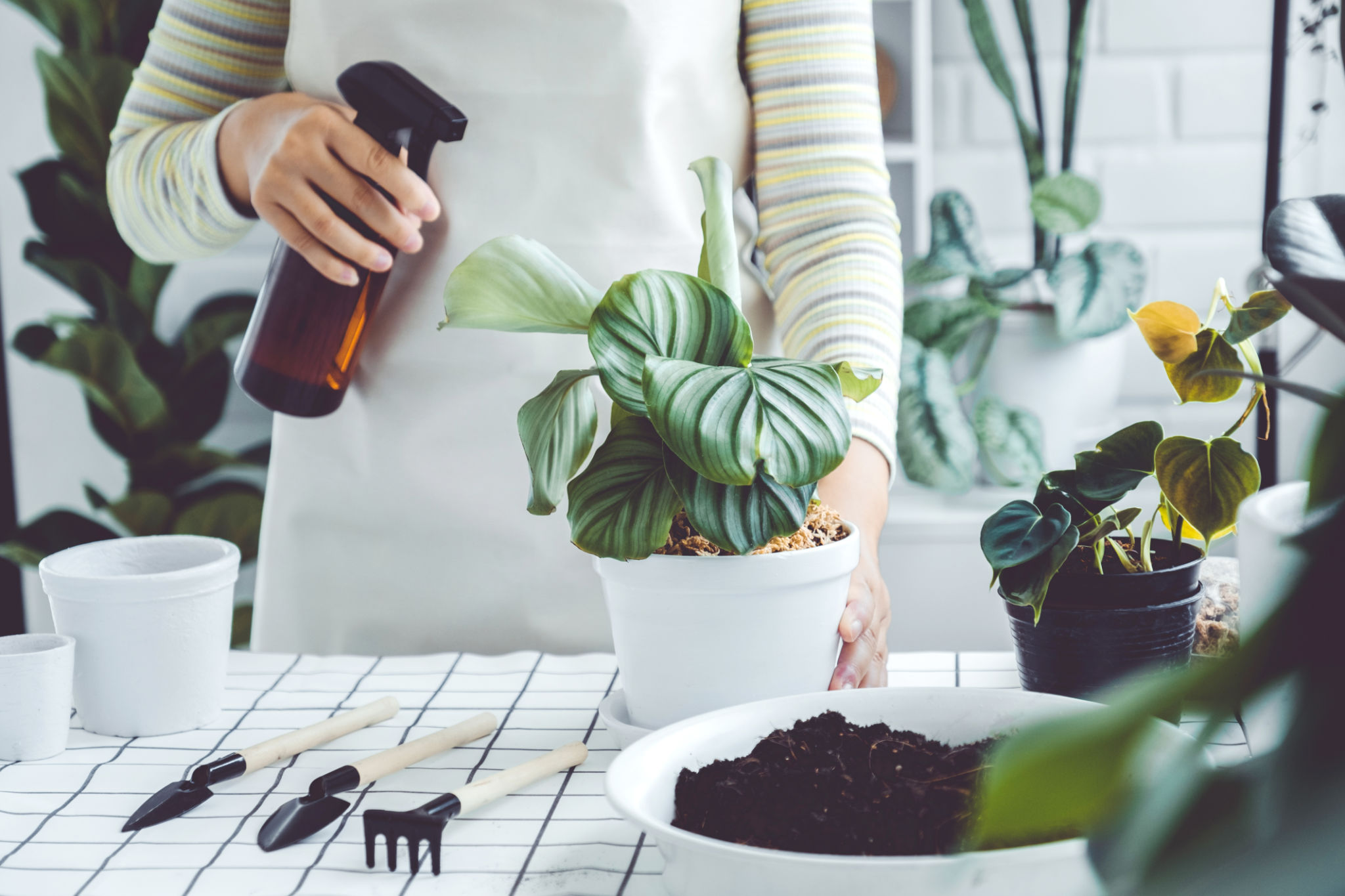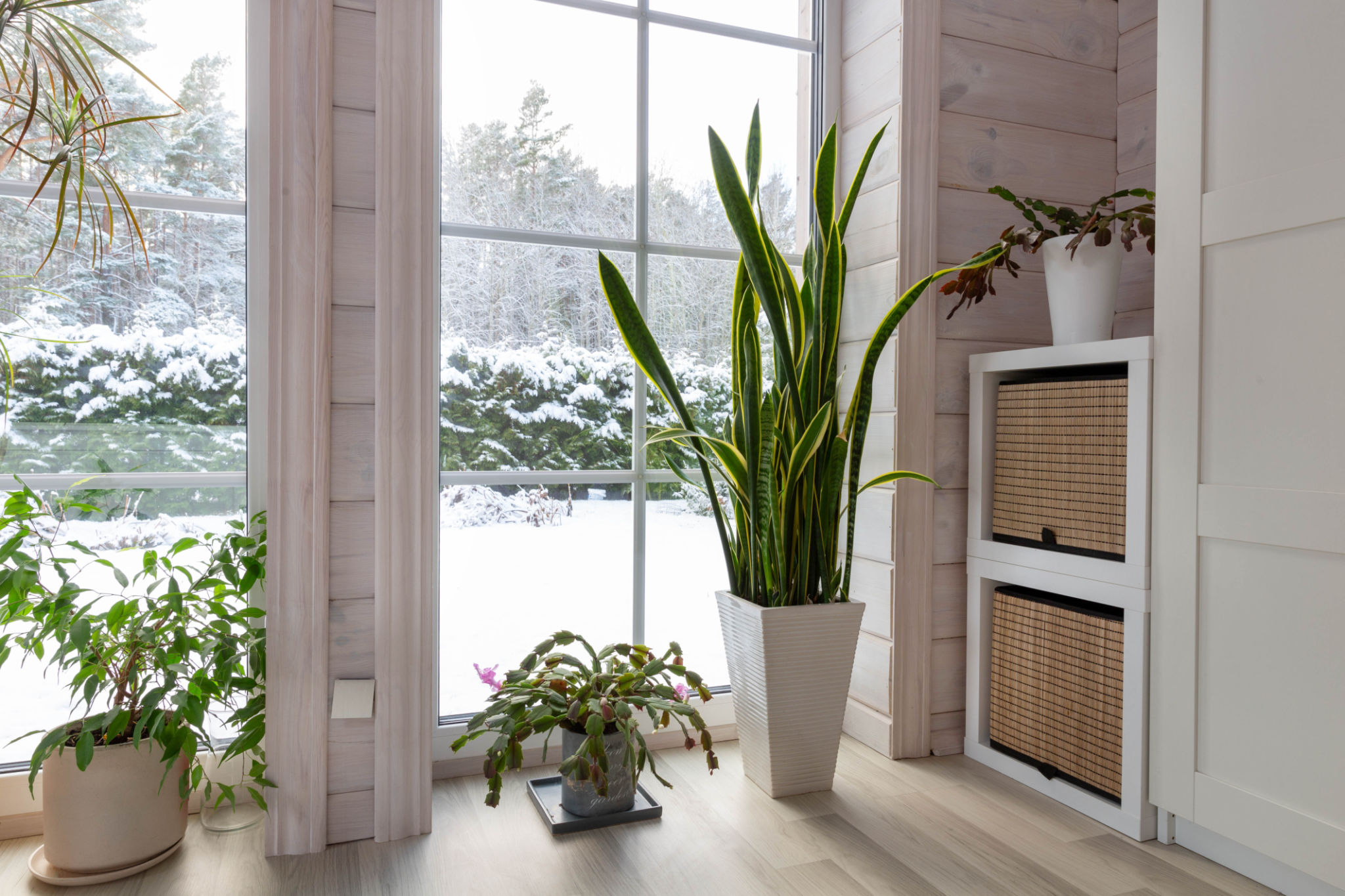Seasonal Guide: Prepping Your Air Purifying Plants for Winter
As winter approaches, it's essential to give your air purifying plants a little extra attention to ensure they continue to thrive indoors. These green companions not only bring a touch of nature into your home but also help to improve air quality by filtering out toxins. Preparing them for the colder months requires some adjustments in care, and with a few simple steps, you can keep them healthy and vibrant all winter long.
Understanding Plant Needs in Winter
During winter, plants enter a period of dormancy, which means their growth slows down significantly. It's crucial to adjust your care routine to accommodate this change. One of the most noticeable differences is the reduced need for water. Overwatering is a common mistake, so it’s important to let the soil dry out more between waterings compared to warmer months.
Lighting Adjustments
With shorter days and less natural sunlight, finding the right spot for your plants can be challenging. Consider moving your plants closer to windows where they can receive maximum light. If natural light is limited, using grow lights can be an excellent alternative to ensure your plants get the energy they need.

Temperature and Humidity Considerations
Winter can bring dry air and fluctuating temperatures, both of which can stress your plants. Aim to keep your indoor temperature consistent and avoid placing plants near drafts or heat sources like radiators. Additionally, increasing humidity levels can benefit many houseplants. Using a humidifier or placing a tray of water near your plants can help maintain adequate moisture in the air.
Fertilization and Pruning
Since growth slows during winter, it's best to cut back on fertilization. Feeding your plants during this time can lead to nutrient buildup in the soil, which might harm them. Instead, focus on pruning any dead or yellowing leaves to promote healthy growth when spring arrives. This practice also helps prevent any potential pest infestations.

Pest Prevention
Pests can still pose a threat during winter, so it's important to inspect your plants regularly for signs of infestation. Common pests include spider mites and aphids. If you notice any issues, addressing them promptly with natural remedies or insecticidal soap can help prevent further damage.
Repotting and Soil Care
Winter is generally not the ideal time for repotting, as it can disturb the plant during its dormant phase. However, if you notice roots protruding from the drainage holes or if the plant is severely root-bound, consider repotting with fresh soil in early spring. In the meantime, keep an eye on soil quality to ensure it remains well-draining and nutrient-rich.

Conclusion
By making these seasonal adjustments, you can help your air purifying plants thrive even in the colder months. Remember that each plant species might have specific needs, so it’s beneficial to research individual care requirements. With proper attention and care, your indoor garden will not only endure winter but emerge even stronger come spring.